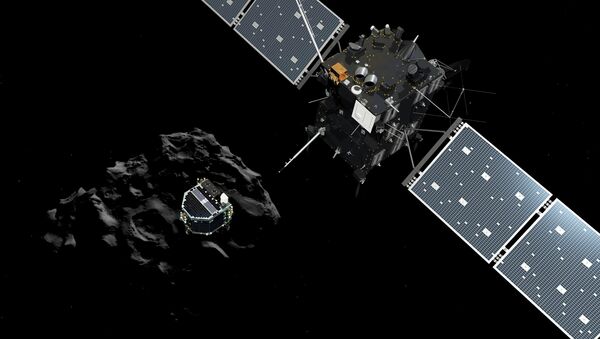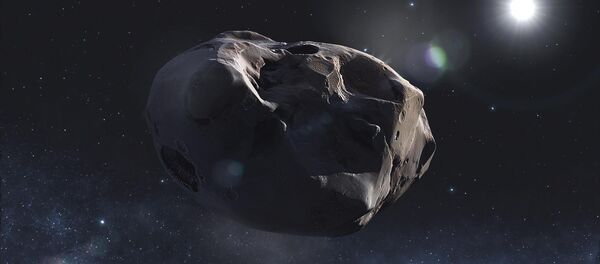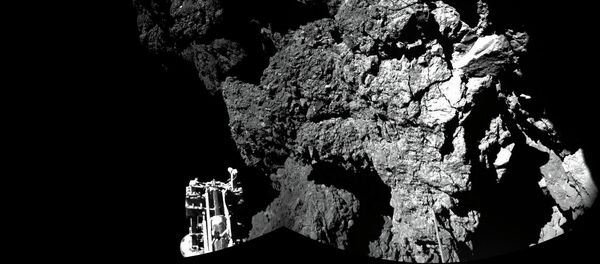MOSCOW, December 18 (Sputnik) – The European Space Agency’s orbiting Rosetta spacecraft is expected to come within four miles (six kilometers) of the surface of comet 67P/Churyumov Gerasimenko in February of next year. The flyby will be the closest the comet explorer will come during its prime mission, reports Space Fellowship.
“It is the earliest we could carry it out without impacting the vitally important bound orbits that are currently being flown,” said Matt Taylor, the Rosetta project scientist from the European Space Research and Technology Center, Noordwijk, the Netherlands. “As the comet becomes more and more active, it will not be possible to get so close to the comet. So this opportunity is very unique.”
“Rosetta is providing us with a grandstand seat of the comet throughout the next year. This flyby will put us track side — it’s going to be that close,” said Taylor.
The Rosetta orbiter deployed its Philae lander to one spot on the comet’s surface in November. Philae obtained the first images taken from a comet’s surface and will provide analysis of the comet’s possible primordial composition.
Observations will help scientists learn more about the origin and evolution of our solar system and the role comets may have played in seeding Earth with water, and perhaps even life.




